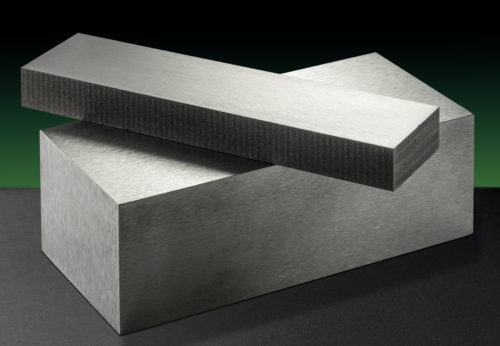
When To Consider Using Tungsten Heavy Alloys
Comments Off on When To Consider Using Tungsten Heavy AlloysTungsten heavy alloys (WHAs) are often used instead of pure tungsten because they have a significantly higher density and improved mechanical properties. Pure tungsten is relatively brittle and has a low density compared to other metals, which makes it difficult to work with and limits its applications. WHAs are made by alloying tungsten with other […]
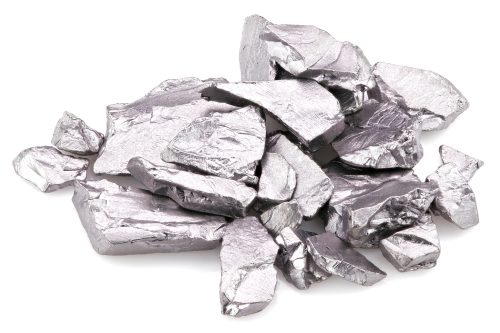
Tantalum and Niobium: Similarities and Differences
Leave a CommentTantalum and niobium are two chemical elements that belong to the group of transition metals in the periodic table. They have many similarities in their physical and chemical properties, but also some notable differences. Here we will compare and contrast these two elements and explore their applications and uses. Similarities Tantalum and niobium are both […]
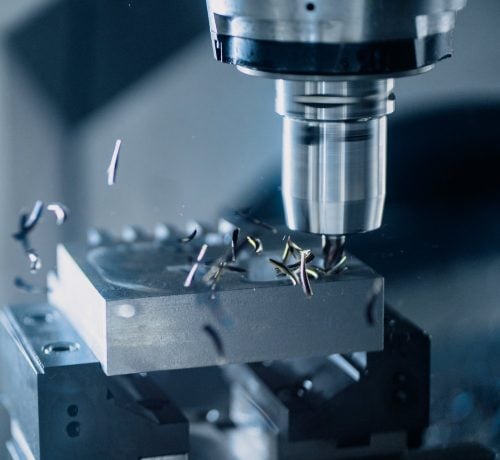
Breaking Down the Best: Tantalum, Niobium, Tungsten, and Molybdenum Compared
Leave a CommentTantalum, niobium, tungsten, and molybdenum are all refractory metals, which means they have high melting points and are highly resistant to corrosion and wear. However, they have different physical properties that make them more suitable for certain applications. Comparison of refractory metal’s properties: Density: Tungsten has the highest density of the four metals, at […]

The Tantalum Authority: Why Admat Became Known As the Tantalum Experts
Leave a CommentAdmat Inc. is a company that specializes in the sourcing, processing, fabrication, and supply of refractory metals, including tantalum. Some factors that contribute to their expertise in the tantalum industry include: Experience: Admat Inc. has been in the business of supplying refractory metals for over 25 years and has developed extensive experience in working with […]
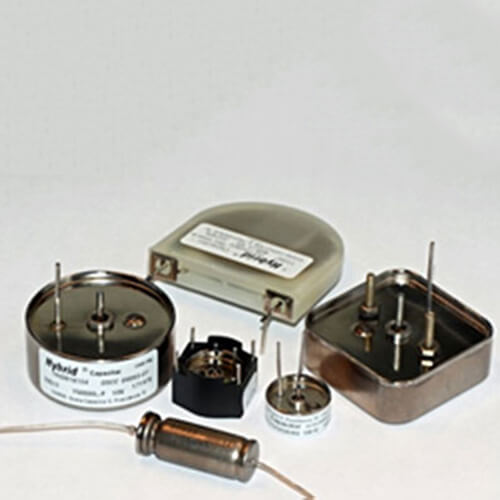
Why Tantalum Capacitors Are Essential in Modern Electronics
Leave a CommentTantalum capacitors were first invented in the early 20th century by a Polish engineer named Wawrzyniec Lewicki. He discovered that tantalum oxide was an excellent dielectric material, meaning it could hold an electric charge without conducting electricity. This property made it possible to create tantalum capacitors, which were significantly smaller and more reliable than existing […]

Slip-Sliding Away: The Top Lubricants for Tantalum Stamping, Drawing, and Machining.
Leave a CommentLubricants for Stamping, Drawing, and Machining Tantalum: Tantalum is a dense and hard metal that is used in a variety of applications, including electronic components, medical devices, and aerospace equipment. When stamping, drawing, or machining tantalum, it’s important to use the right lubricant to reduce friction, heat, and tool wear. In this article, we will […]
Tags: Lubricants, Tantalum

“The Future is Bright: The Growing Demand for Tantalum Across Industries”
Leave a CommentTantalum is a metal with properties that make it highly desirable across several industries due to its unique properties and performance advantages. Admat is an ideal partner for supplying tantalum to these industries, offering high-quality products, competitive prices, and exceptional customer service. Regardless of the industry, Admat has the expertise and resources to meet your […]
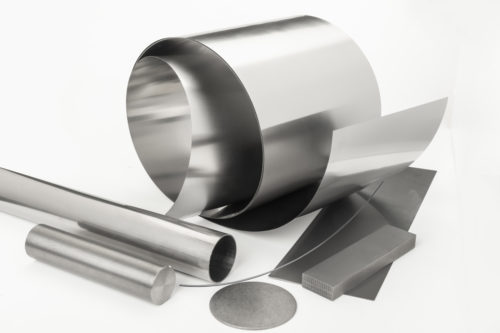
Facts About Niobium: Production, Properties, Applications, and Availability
Leave a CommentNiobium – the 41st element on the periodic table– is a soft, grey, crystalline metal used in a variety of applications from steel production to hypoallergenic jewelry. The metal was originally discovered by British chemist Charles Hatchett in 1801 as he examined American minerals from a collection in the British Museum. Hatchett named this element columbium, after Christopher Columbus. Through the years most people now refer to this element as Niobium. As tantalum and niobium are often found together and […]

Why Should I Use Tantalum in Corrosive Environments?
Leave a CommentRefractory metals are metallic elements that exhibit properties that make them more durable than other metals. For example, they can demonstrate corrosion resistance, thermal and electrical conductivity, and deformation resistance. These characteristics make them ideal for use in highly demanding applications and environments. One example of refractory metals is tantalum, which is prized for its […]
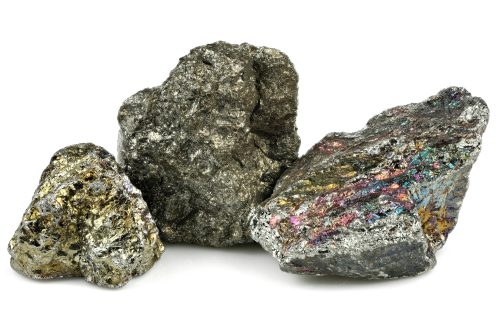
The Characteristics and Manufacturing Process of Tantalum and Niobium
Leave a CommentTantalum and niobium are transition metals that are commonly found together in nature. They are often difficult to separate from one another due to their similarities in physical and chemical characteristics. In fact, when tantalum was first discovered in 1802, it was confused with niobium, which was discovered much earlier in 1734. It was not […]

